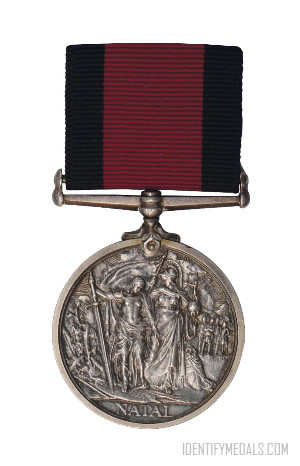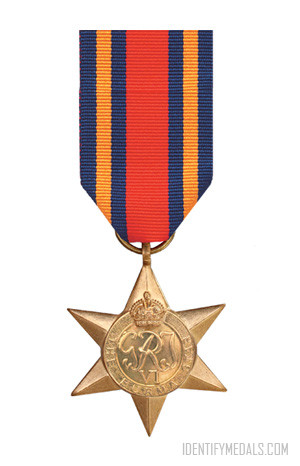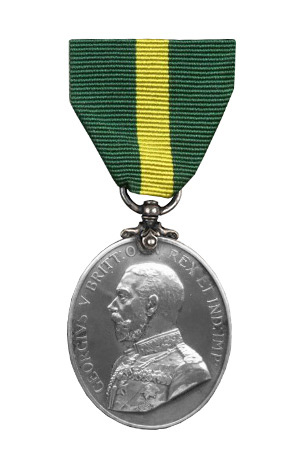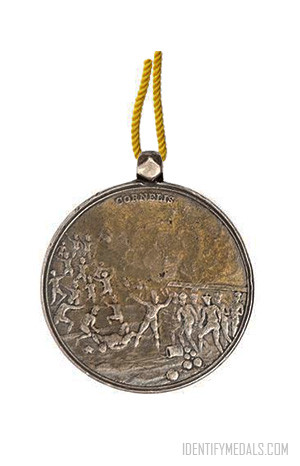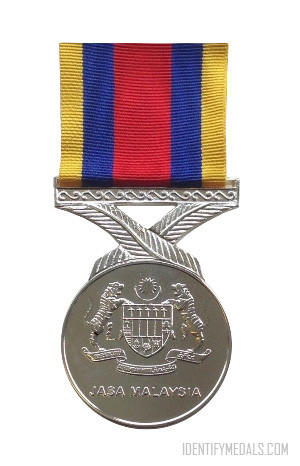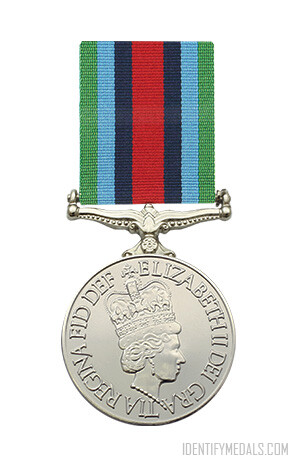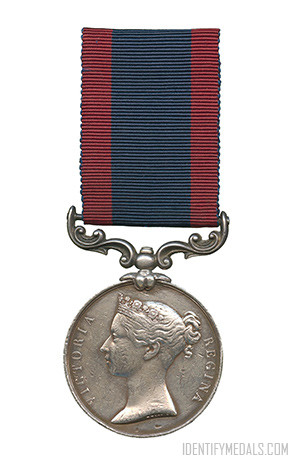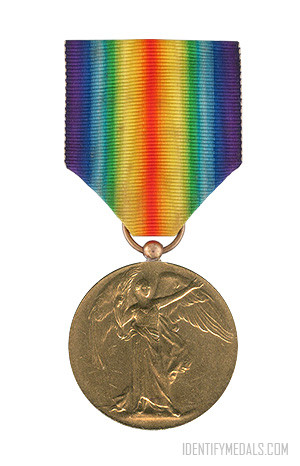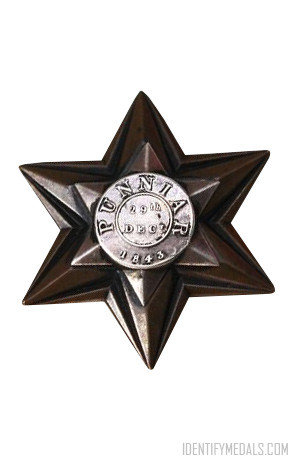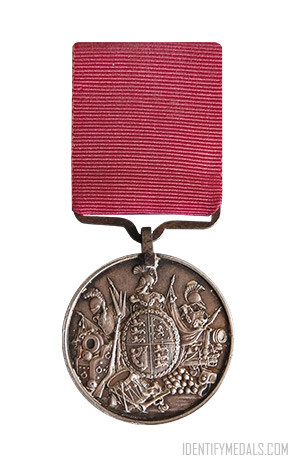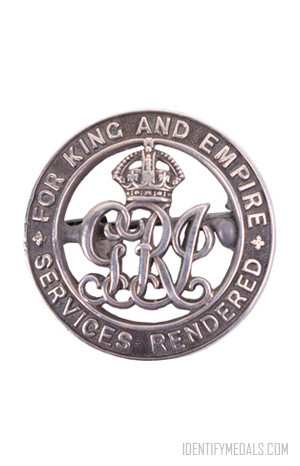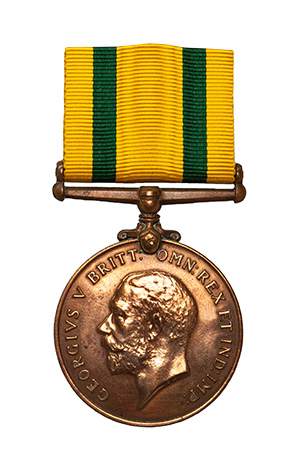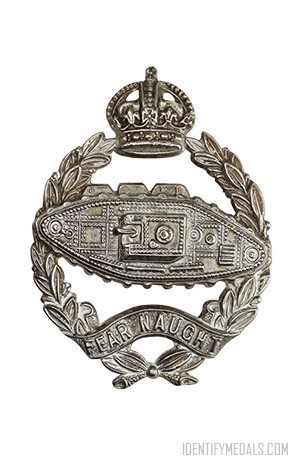- Time Period: Pre-WW1
- Year of Institution: 1907
- Country: Great Britain
The Natal Native Rebellion Medal is a British campaign medal authorized in 1907 for service in Natal during a Zulu revolt against British rule and taxation in 1906.
In the years following the Second Boer War, British employers in Natal found it difficult to recruit sufficient Zulu farm workers because of increased competition from the gold mines on the Witwatersrand. To coerce more Zulu men to enter the labor market, the Natal Colonial government introduced a £1 head tax, in addition to the existing hut tax. The revolt, led by Chief Bambatha kaMancinza, leader of the amaZondi clan of the Zulu people who lived in the Mpanza Valley, was sparked in February 1906, when two British tax collectors were killed near Richmond.
Martial law was declared and Bambatha embarked on a series of guerrilla attacks, using the Nkandla forest as a base. The revolt continued until colonial troops managed to surround the rebels at Mome Gorge. Between 3,000 and 4,000 Zulus were killed during the revolt, some of whom died fighting on the side of the Natal government. More than 7,000 were imprisoned, and 4,000 flogged. King Dinuzulu kaCetshwayo, who gave tacit support to Bambatha, was arrested and sentenced to four years imprisonment for treason.
The 1906 Clasp to the medal was awarded to those who had served for more than fifty days. Altogether 9,979 medals were awarded, 8,045 with the clasp and 1,934 without the clasp.
The Natal Rebellion Medal Design
The medal is circular, struck in silver and measures 36 millimeters (1.4 in) in diameter. It was designed and manufactured by the Goldsmiths and Silversmiths Company of London, having been commissioned by the Natal Government.
The obverse shows the uncrowned head of King Edward VII facing right, surrounded by the legend “EDWARDVS VII REX IMPERATOR” around the perimeter. The reverse shows the figures of Britannia and Natalia, holding a large sword and standing on a heap of native weapons, against a background of a landscape with a group of Zulu men and huts with a sunrise behind. The name “NATAL” appears in the exergue.
The ribbon is crimson with black edges.

